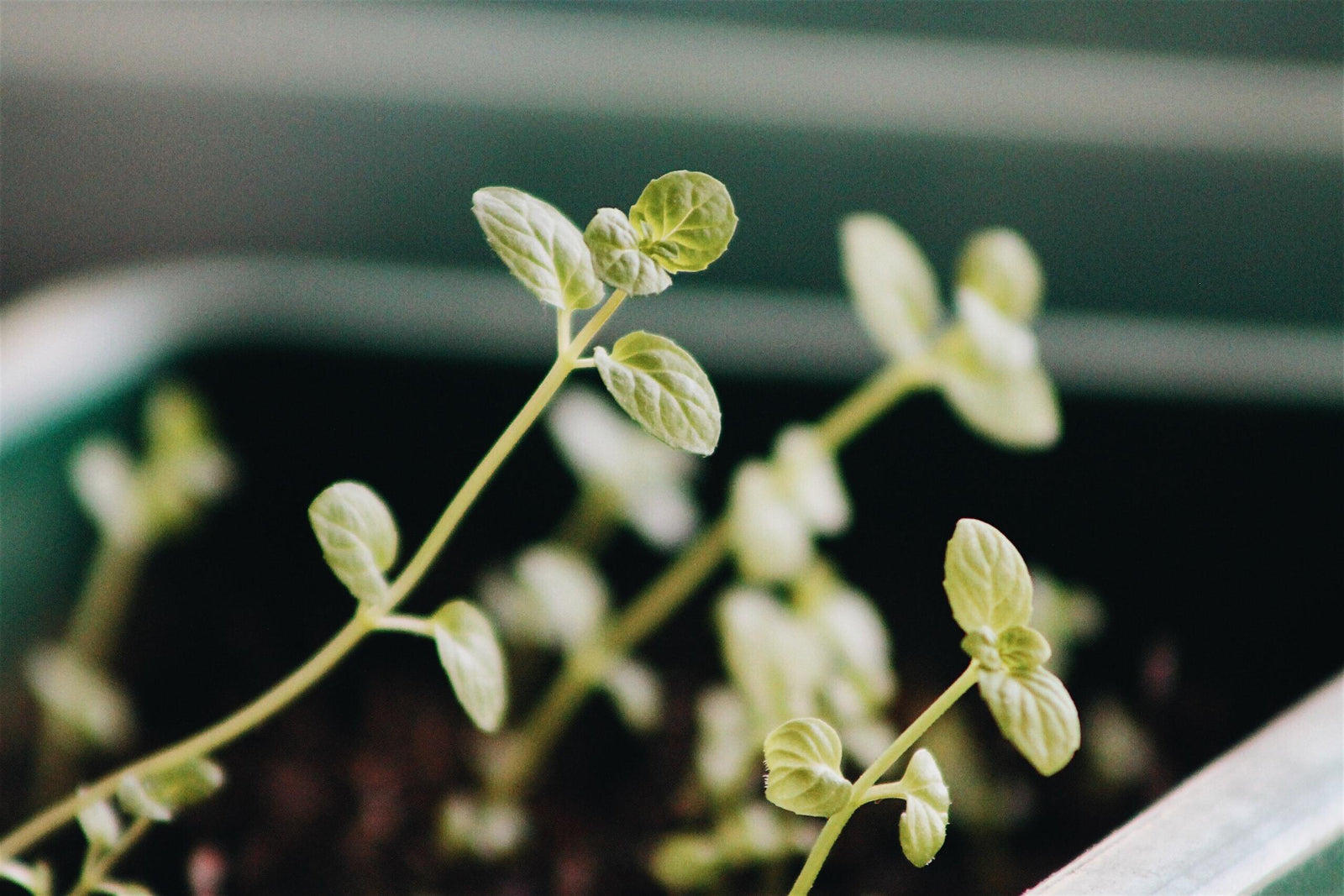Sustainability is not enough! It is time to Regenerate.
In 2018, Prof. John Elkington, for many the godfather of sustainability, in an article[1] in the Harvard Business Review proposed the recall of “The Trippel Bottom Line”. In this piece, he highlights the need to rethink how we manage the systemic effects of human activities.
In August of this year, the Intergovernmental Panel on Climate Change, IPCC for short, issued a “Code Red For Humanity”. The report reads in parts: “unless there are immediate, rapid and large-scale reductions in greenhouse gas emissions, limiting warming to close to 1.5˚C or even 2.0˚C will be beyond reach”.
In October this year, OneEarth[2] published the work carried out by The German Aerospace Centre, the University of Technology Sydney, and the University of Melbourne. Together they modelled a net-zero carbon emitting energy system. The report highlights the need to invest $ 1.5 trillion annually to keep the global temperature below 1.5˚C. The authors explain that currently only about 1/3 of the 1.5 trillion $ are being invested. Further they highlight that the needed investments in other industries such as a more sustainable agricultural is not even included.
Also in October, the Forum-For-The-Future, in their “Case for Action[3]” call for a transition to a Just and Regenerative industry and advocates for a visionary rather than a short term engineering approach.
Alarm bells all over! But what is it that our current agrifood industry delivers?
[4]Well, since industrialisation begun, the agrifood industry has been designed to achieve the highest productivity. Today, this industry produces enough calories to feed 10 billion people hypothetically. However, these calories come at a tremendous cost to our planetary and human health.
More than 1/3 of what is produced is wasted and a significant portion ends-up in already full stomachs. 7 out of 10 people suffer - one way or the other - from what they eat. Without change, every year 5.5 Mn people will be lost to non-communicable disease & starvation by 2030.
All human activities in this huge industry combined, contribute to about 1/3 of all emitted GHG. Approximately, 70% of all freshwaters are used to irrigate crops and water livestock. 77% of arable land is needed to feed our domesticated animals. In return, they supply humas with just 17% of the calories we consume.
We know that hundreds of thousands of plants, crops, insects, and animals are edible, yet we ONLY use 12 crops and 5 animals to make more than 75% of our foods. Together, the top 3 crops account for more than 60% of all calories.
An insanely concentrated global machinery that took away markets from farming communities and thereby depriving them from crop rotations, and other more sustainable farming practices, at scale.
These few crops are enormously resource demanding. To yield profitably, they want the best soils, inputs and crop protecting chemicals. Soils that are often only found after the deforestation. Every minute, we witness the loss of areas of biological significance the size of 30 soccer fields.
At the same time, these crops empty the land they grow on and degrade soils 35-times faster than every recorded in history. Every minute, 23 soccer fields are lost to degradation leaving 2.6 bn people with more than ½ of their assets unproductive behind. A disaster for 74% of the farming community because those are the most vulnerable people among us - the poorest of the poor and it is going to hit them the hardest.
Rising sea-levels, violent storms, raging fires, droughts, and soil erosions all effects of a changing climate and it will displace hundreds of millions[5] of climate change refugees. It needs more than $1.5 trillion per year to buffer the worst. This is a lot of money! Yet, over the past 2 years, $ 16 trillion saved millions from Covid-19. Given that hundreds of millions are threatened, it doesn’t seem to be too big an ask!
Don’t we have to ask ourselves “why should we sustain something that produces such bad results?
Of course, it doesn’t make sense but how to change a global industry with billions of people relying on it? A very, very difficult proposition! Yet, at the core of the challenge, is the massive loss of biodiversity and indeed agrobiodiversity. Both accelerators of the Holocene - the 6th mass extinction.
Therefore, it is undeniably time to think Regeneration! But what does that mean and how to get going?
Josie Warden, Head of Regenerative Design at the Royal Society for Arts, Manufactures and Commerce describes a regenerative mindset as one that sees the world as a living system, built around reciprocal and co-evolutionary relationships, where humans, other living beings and ecosystems relying on one another for health[6].
Such mindsets must celebrate the complexity of biological systems as well as the diversity all around us. It is a mindset that desires a more vigorous life in natural ecosystems, communities, as well as in an entire industry.
To start a regenerative agrifood revolution, we need to invite consumers to participate in the discovery of new crops and new natural ingredients. Don’t we all know, that Homo-sapiens strive when we are eating a diverse diet? Lots of plants, tubers, fruits, veggies, nuts and the occasional animal and insect proteins made our ancestors strong and resilient.
Let us take consumers on a journey to forgotten crops. Let us make it exciting, accessible, affordable, and convenient so that their friends and families start having fun exploring different colours, new textures, and new flavours. While these consumers indulge in these exciting products, they will soon start enjoying the benefits of a much more diverse diet. These diverse nutrients not only enter our metabolism straight away, but also fed the good guys in our gut-microbiota, and therefore help reducing inflammation[7], and increase the general well-being.
With every purchasing decision a consumer makes, a domino stone is kicked over. Every bite of a product that celebrates the regeneration, a demand is created and the more demand we aggregate, the larger the markets become for farmers to supply those once forgotten crops in to.
Imagine if these crops were selected for their capacity to regenerate farms. Helping entire communities to grow them on land that otherwise doesn’t produce an income for them anymore. Or, what if such crops can be used as a cover crop, intercrop, or follow-on crop without tilling helping us keep carbon in the soil and sequester more in it. Think of the financial rewards of harvesting fruits of such crops while other parts help the microorganisms to fixate nitrogen. Think of the benefits of the organic matter deep down at the root systems where other organisms can come alive and help build healthy soil structures which in return increase the water retention capacity of such lands.
Since the outbreak of the Covid-19 pandemic we - who are otherwise social animals - have been asked to stay at home and to physically distance from each other. Such rather unnatural behaviour has increased the general anxiety levels and decreased our collective mental well-being.
Because of that, and other reasons, our senses have become numb to the natural world around us. How many times do we find ourselves immersed in a virtual reality while just passing by a flowering plant without noticing its beauty? Our senses need to reconnect to nature and communities alike. Without these bonds and relationships, we find it difficult to empathise with one another.
Visualise, what would happen if regulators would come together to demand a radical shift away from the reliance on just those few current crops to a regenerative system where crops in the hundreds supply most of our nutrient needs.
Imaging if we would be moving to a financially accounting system whereby the true costs of the agrifood industry are being taken into consideration. Costs such as human and planetary health as well as health of our wildlife and livestock.
What if we would agree to have 2 young adults from every country in the world help monitor the implementation of such change. At the end of the day, it is today’s youth and their children and grandchildren who will be hit hardest by the hostility of a world that is 1.5˚C hotter.
Personally, I struggle to see a bright future ahead unless we rally behind the sustainable development goal 15. Life on Land asks us to protect, restore and promote sustainable use of terrestrial ecosystems, sustainably manage forests, combat desertification, and halt and reverse land degradation and halt biodiversity loss. Without succeeding here, we will struggle to eliminate poverty and hunger. Or achieve greater well-being, equality, education, clean water, and many more.
Let us work together to protect the Regeneration for the powerful possibilities it holds. Let us strive to bring back the agrobiodiversity we need to sink more carbon in our soils; to grow a rich basket many different crops; to create exciting nutrient dense products; and to reconnect to communities – consumers and farmers alike - so that they prosper within a life-affirming purpose.
Regeneration must not become a new management tool or be misused for greenwashing. Regenerative leaders need to create the environments for others to succeed in delivering a life-affirming future where WIN-WIN equations are the norm and not the exemption.
To illustrate how interconnected everything is, I would like to conclude with a simple Gedankenexperiment - as Albert Einstein would have called it. In every breath we take, we inhale more molecules than there are breaths in our atmosphere. Therefore, with enough time, the oxygen we inhale today has been made in plant’s photosynthesis using a carbon dioxide molecule that was exhaled by say – Queen Cleopatra.
Sustainability is not enough. It is time to Regenerate.
Join the Regeneration.
What's next?
Read all about the mighty BAMnut and its journey to your kitchen here.
Learn more about the show-stopping nutritional profile of BAMnut here.
Discover how biochar plays an important role in reducing our carbon footprint here.
Find out how we create a Better Better with our partner farming communities here.
References:
[2] https://www.oneearth.org/1-5t-for-1-5-c-a-back-of-envelope-budget-to-save-the-planet/
[3] https://www.forumforthefuture.org/Handlers/Download.ashx?IDMF=64fa116e-638c-46ca-9400-50fb8e85fad8
[4] For the entire section – the Nutritional Paradox.
[6] https://www.thersa.org/globalassets/pdfs/reports/from-sustaining-to-thriving-together-final.pdf






